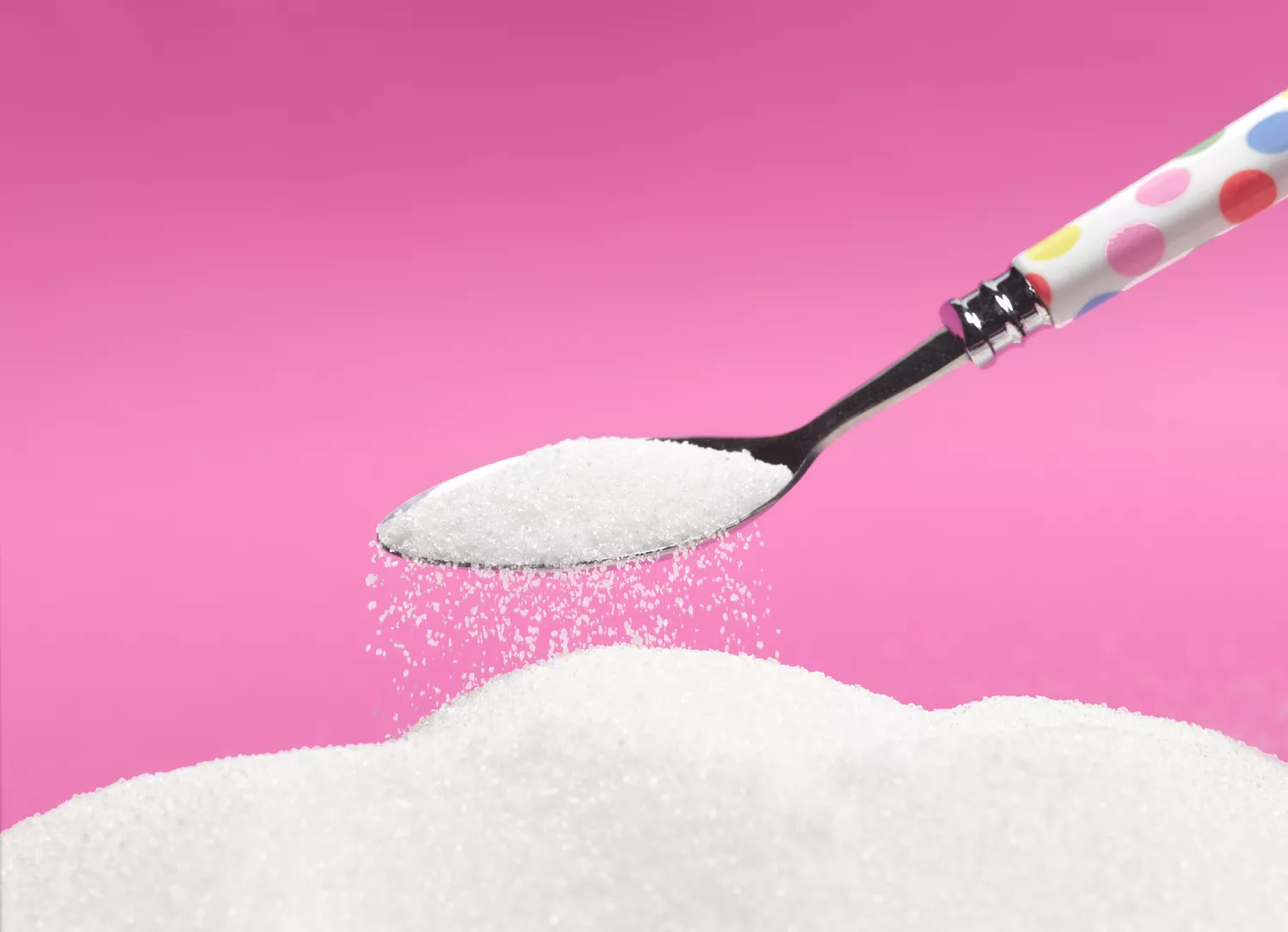Consuming adequate protein daily is necessary to cover your body’s needs, and between 10% and 35% of your total calories should originate from protein resources. This number varies depending upon your body make-up, wellness, task level and type, and your objectives.
Protein helps your body maintain a correct fluid equilibrium, develops and repair work tissues, transports nutrients, and gives various other crucial functions. Everyone needs a various quantity, but establishing what’s right for you is easier when you know a lot more regarding the variables included. Read on to discover how to calculate your optimal healthy protein consumption.
How to Tell Just How Much Healthy Protein You Required
It’s advised that you get 10% to 35% of your day-to-day calories from protein. Additionally, when establishing your protein needs, you can target a details number of grams of healthy protein to consume each day. You can also use your weight, activity level, and lean body mass.
Percent of Daily Calories
Current United State Division of Farming (USDA) dietary standards recommend that grownups ought to consume in between 10% and 35% of their total calories from healthy protein.1 To obtain your number and track your consumption, you’ll need to recognize how many calories you consume daily.
Once you recognize the number of calories you take in, increase that number by 10% and 35% to get your range. For instance, an individual who eats 2,000 calories each day would certainly need to take in 200 to 700 calories daily from protein.
Healthy Protein Grams Each Day
You can target a particular variety of healthy protein grams daily as an option to the portion method. An uncomplicated means to get a variety of protein grams daily is to translate the percent range right into a specific healthy protein gram array.
How to Determine Grams of Protein Daily
Each gram of healthy protein contains four calories. Split the two calorie variety numbers by four. For instance, a person that eats 2,000 calories each day need to eat 200 to 700 calories from healthy protein, or 50 to 175 grams of healthy protein.
Based upon Weight and Activity
Other methods to get a much more details healthy protein goal may take into consideration lean muscular tissue mass and/or physical activity degree.
The typical grown-up needs a minimum of 0.8 grams of healthy protein per kilogram of body weight per day.2 One kg equates to 2.2 pounds, so an individual that weighs 165 extra pounds, or 75 kg, would certainly need about 60 grams of protein per day.
Nevertheless, your protein needs might increase if you are very energetic. The Academy of Nourishment and Dietetics, the American College of Sports Medication, and the Dietitians of Canada suggest that professional athletes need even more healthy protein.
These companies suggest that athletes eat in between 1.2 grams and 2.0 grams of protein per kilogram of body weight each day, with endurance professional athletes at the lower end of this array and toughness and power athletes at the higher end.3.
Health Perks of Healthy Protein.
Healthy protein aids to keep body tissues, consisting of muscular tissues, body organs, the nerves, blood, skin, and hair. It likewise serves as a transportation device for oxygen, fats, vitamins, and minerals.
Furthermore, consuming healthy protein can aid you manage your weight since it takes longer to absorb a protein-rich dish. After eating a meal with protein, you’re likely to feel full and pleased longer.
Some healthy protein foods have additional health and wellness benefits. Legumes are high in healthy protein and fiber and include phytochemicals that might have health and wellness advantages. Fish, such as salmon, tuna, herring, and trout, are high in healthy protein and also omega-3 fatty acids that are important for wellness.
Deficiency.
Unlike fat and glucose, our body has little capability to shop protein. If you were to quit consuming protein, your body would start to damage down muscular tissue. Protein shortage is unusual in industrialized countries. Nevertheless, it can occur if you’re not eating sufficient food everyday.
Overconsumption.
On the other hand, it is feasible to eat way too much protein. Some individuals believe that excess healthy protein is secreted in the pee. Nevertheless, just part of the healthy protein is excreted. An additional component of the healthy protein is converted to glucose for power or saved as fat.
So if you consume too much healthy protein– and too many calories because of this– you run the risk of gaining weight from excess calories. If you eat much more protein than you require yet still have your calories balanced, then you will certainly not gain weight, despite the extra protein.
If your calorie objective remains on track, however you get even more protein than you require, you are might not be getting sufficient carbs or fat for your body to work appropriately. Furthermore, excessive healthy protein intake can be difficult on the kidneys. People with certain kinds of kidney diseases require to manage how much protein they eat.4.
The trick to correct nutrition is achieving the suitable equilibrium of macronutrients. Consuming huge amounts of healthy protein can cause dehydration, even in elite athletes. So if you follow a high healthy protein diet plan, it is essential to drink additional water.
Best Resources of Protein.
Healthy protein originates from plant and pet sources, and you can meet your protein needs with either sort of healthy protein. Plant resources are commonly ruled out complete healthy proteins since they do not have every one of the important amino acids. Therefore, eating a wide array of plant-based healthy proteins that cover every one of the amino acids you need is essential. Additionally, if you supplement with a plant-based healthy protein powder, select one like hemp healthy protein powder which provides all 9 important amino acids.
Meat and Seafood.
Lean meats, poultry, fish, fish and shellfish, eggs, and dairy items are superb protein sources. Each offers all of the essential amino acids in addition to lots of other nutrients such as iron, B vitamins, and zinc, which are mostly discovered in animal foods. A few of the best healthy protein powders are stemmed from animal healthy protein resources.

Coldwater fish such as salmon, tuna, and herring make good protein options due to the fact that they’re also rich in omega-3 fats EPA and DHA, which are almost solely found in seafood and important for wellness.5.
A poultry drumstick with leg, upper leg, and back, (258g) has 62g of healthy protein.6 A 6-ounce offering of salmon has 34g of protein.7 Eggs have regarding.
Plant-Based Healthy protein.
Some vegetables like spinach and kale consist of a small amount of healthy protein. Whole grains, such as quinoa are likewise a good resource of protein (1 cup consists of regarding 8 grams of healthy protein).
Maintain your plant proteins healthy by choosing recipes and cooking approaches that preserve their nutritional advantages. For instance, usage tofu instead of meat in a stir-fry, include nuts or seeds to a supper salad, or utilize dry beans like kidney, navy, or black beans as your primary protein source for a couple of meals. You can likewise supplement plant-based healthy protein with soy healthy protein powders. When selecting a protein bar for an after-workout or on-the-go treat, choose one that contains a mix of high-quality plant-based healthy proteins, like hemp, pea, nuts, and seeds.
Just How to Get Enough Protein.
Here are a few suggestions to obtain more healthy protein in your healthy diet.
Offer clambered eggs and spinach for morning meal.
Select turkey bacon or sausages that are lower in fat. Even better, seek brand names with lowered salt.
Include seeds or sliced nuts in addition to a veggie side dish.
Treat on a handful of almonds.
Get lean cuts of meat and offer them with great deals of dark environment-friendly and vibrant veggies.
Consume more fish. Pick baked or poached fish.
Serve baked or roasted chicken as opposed to deep-fried chicken.
Make a stir-fry with chicken or tofu and fresh veggies.
Eat a post-workout beverage. You can additionally invest in a shaker bottle to aid make your very own.
Bear in mind that a person serving of protein usually comprises 3 to 5 ounces of meat, fowl, or fish; one egg; 1.5 ounces of cheese; or about 12 walnuts.
You can likewise use various other approaches to consume the ideal part dimension. A serving of meat, fowl, or fish has to do with the size of the hand of your hand. An offering of cheese is the same size as two dice. Remember that these servings vary based upon hunger, weight, age, activity level, and various other variables.
Protein Guidelines for Special Populations.
Many resources that recommend protein standards provide numbers for adult males and females. But there are specific populaces that may need essentially protein to handle a medical condition or help with growth.
Pregnant and lactating people require more healthy protein than people who are not expecting (0.88 grams to 1.1 grams per kilo of body weight daily).8.
Older adults (people over 65 years old) might require a lot more protein than middle-aged grownups (1.0 to 1.2 grams per kg of body weight daily).9.
People with liver or kidney condition require to decrease protein consumption (0.6 grams to 0.8 grams per kilogram of body weight per day).10.
Get in touch with a doctor or dietitian to determine your perfect everyday protein objective.


